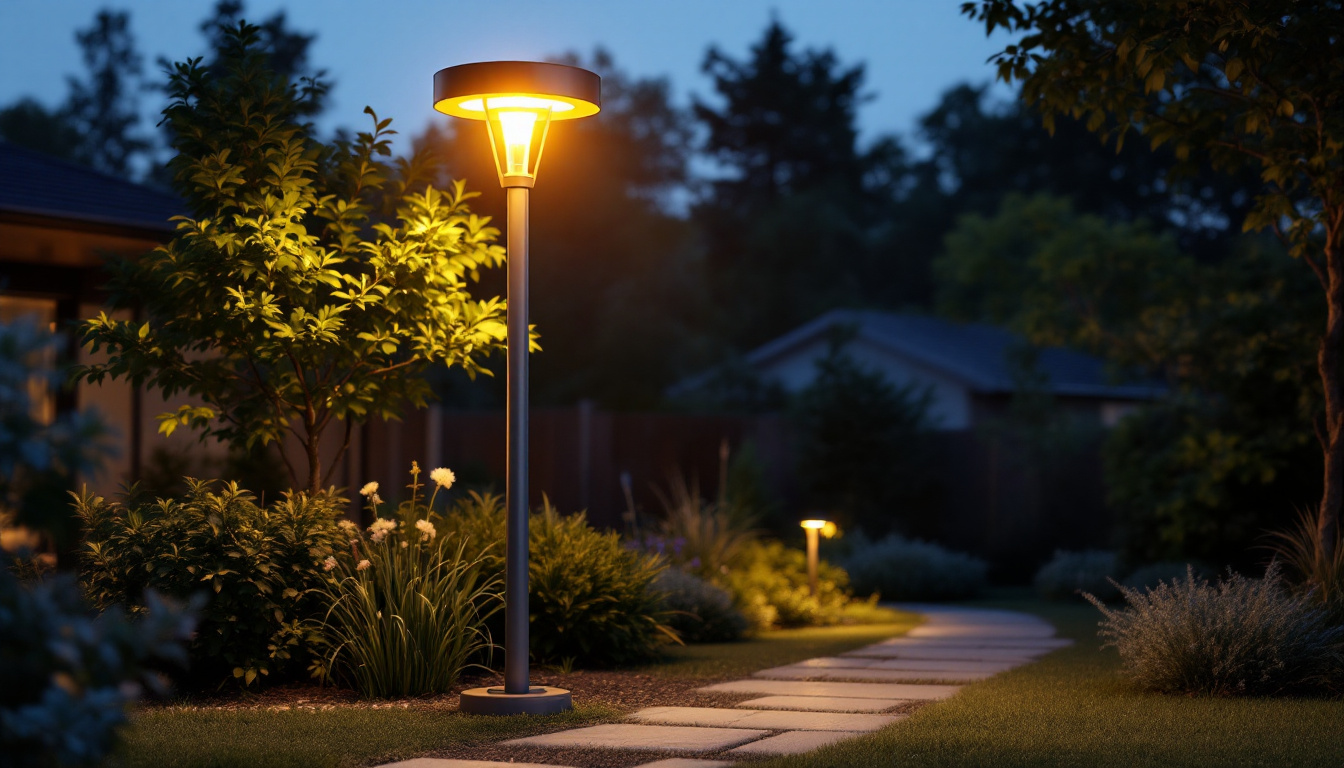
In the realm of lighting installation and maintenance, the use of power inverters has become increasingly essential. Among these, the 750 watt inverter stands out as a versatile tool for lighting contractors. This article delves into best practices for utilizing a 750 watt inverter effectively, ensuring that contractors can maximize efficiency and performance on the job.
A 750 watt inverter is designed to convert direct current (DC) electricity into alternating current (AC) electricity, making it suitable for powering various lighting equipment. This capability is crucial for contractors who often work in locations without access to traditional power sources. Whether it’s a remote construction site or an outdoor event, having a reliable power source can make all the difference in ensuring that projects run smoothly and efficiently.
When selecting a 750 watt inverter, several features should be considered. These include:
The versatility of a 750 watt inverter allows it to be used in various lighting applications, including:
In addition to these applications, a 750 watt inverter can also be beneficial for outdoor recreational activities. Campers and RV enthusiasts often rely on inverters to power small appliances, charge devices, and provide lighting in remote locations. This makes it an essential tool for those who enjoy spending time in nature but still want the comforts of modern technology. Furthermore, the inverter’s ability to support various devices means that it can be used to power not just lights, but also fans, small refrigerators, and other essential equipment, enhancing the overall experience.
Moreover, the growing trend of solar energy integration has made 750 watt inverters even more valuable. Many users pair these inverters with solar panels to create a sustainable energy solution for their lighting needs. This combination allows for off-grid power generation, which is particularly advantageous for eco-conscious contractors and event planners. By harnessing solar energy, they can reduce their carbon footprint while ensuring that their lighting setups remain functional, even in the most remote locations.
Maximizing the utility of a 750 watt inverter requires adherence to certain best practices. These practices not only enhance performance but also ensure safety and longevity of the equipment.
Understanding the load requirements of the lighting equipment is crucial. Exceeding the inverter’s wattage capacity can lead to overheating and potential damage. Here are some guidelines:
Inverters generate heat during operation, and adequate ventilation is essential to prevent overheating. Here are some tips for maintaining proper airflow:
Regularly monitoring the performance of your 750 watt inverter is essential for ensuring it operates efficiently. This can be done through various means, such as using built-in monitoring features or external meters. Keeping an eye on voltage levels and output can help you identify potential issues before they escalate. Additionally, be aware of any unusual sounds or smells during operation, as these can be indicators of malfunction or stress on the unit.
Safety should always be a top priority when working with electrical equipment. Familiarize yourself with the inverter’s user manual and adhere to all recommended safety protocols. This includes using appropriate fuses or circuit breakers to protect against overloads and short circuits. Furthermore, ensure that all connections are secure and insulated to prevent accidental shocks. It’s also wise to have a fire extinguisher nearby, especially in environments where flammable materials are present, to address any unforeseen incidents swiftly.
Safety should always be a top priority when working with electrical equipment. Following proper safety protocols can help prevent accidents and injuries on the job site.
Electrical safety is paramount when using a 750 watt inverter. Here are some essential safety practices:
In case of emergencies, having a plan in place can make a significant difference. Here are some steps to consider:
Efficiency is key to successful lighting projects. By optimizing the use of a 750 watt inverter, contractors can save time and resources.
Choosing the right lighting fixtures can significantly impact overall energy consumption. Here are some options to consider:
Keeping track of power usage can help contractors stay within the limits of the inverter and prevent overloads. Consider the following:
Even with proper usage, issues may arise with a 750 watt inverter. Knowing how to troubleshoot common problems can save time and reduce frustration.
If the inverter fails to provide power, consider the following troubleshooting steps:
If the inverter shuts down due to overload, follow these steps:
Utilizing a 750 watt inverter effectively can significantly enhance the capabilities of lighting contractors. By understanding the inverter’s features, adhering to best practices, and prioritizing safety, contractors can ensure efficient and reliable operation in various lighting projects. Whether powering temporary lighting for events or providing energy-efficient solutions for construction sites, a 750 watt inverter serves as an invaluable tool in the lighting contractor’s arsenal.
By implementing these best practices, lighting contractors can not only improve their workflow but also deliver high-quality results to their clients. Embracing the versatility of a 750 watt inverter can lead to greater efficiency, safety, and satisfaction in every project undertaken.
Ready to take your lighting projects to the next level? At LumenWholesale, we provide lighting contractors with the highest quality, spec-grade lighting products at prices that can’t be beaten. Say goodbye to local distributor markups and hello to our extensive selection that meets rigorous industry standards. With free shipping on bulk orders, you can trust that you’re getting premium lighting solutions at the best value, without any hidden costs. Elevate your efficiency and project quality with LumenWholesale. Explore our wholesale lighting options now.

Discover how installing a light pole in your yard can enhance energy efficiency while illuminating your outdoor space.

Discover why Satco is a game-changer for lighting contractors.

Discover why the A19 bulb is a must-know for lighting contractors.

Discover the ultimate guide to LED sconces, exploring their benefits, styles, and installation tips.